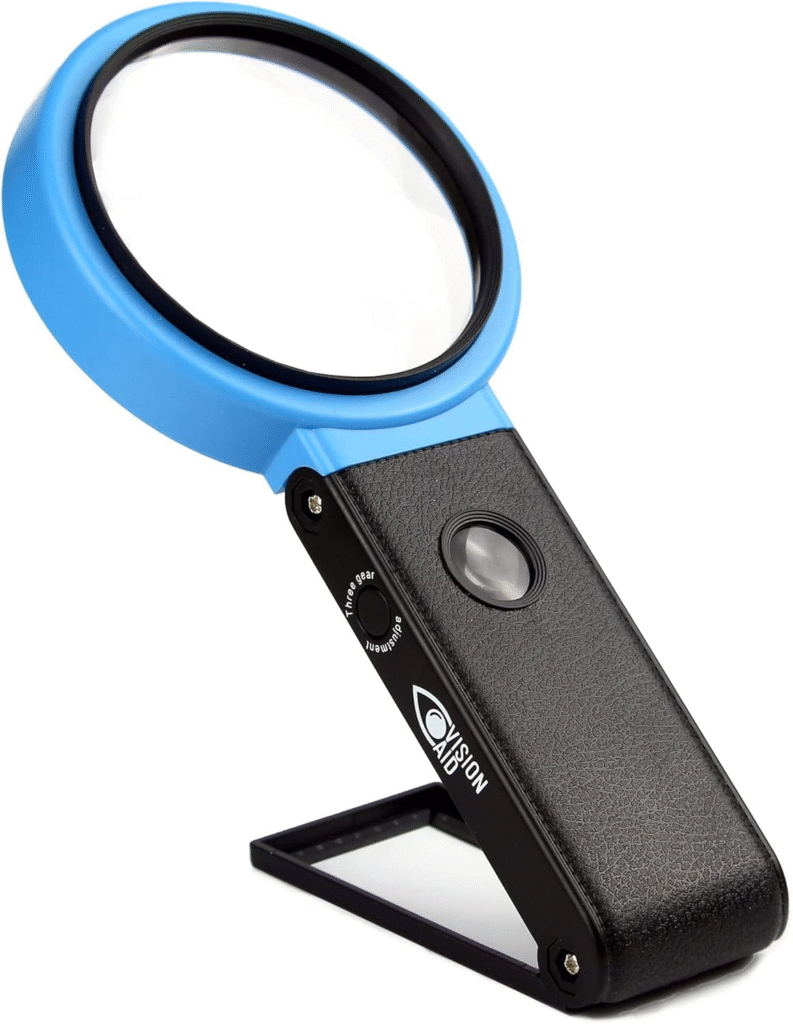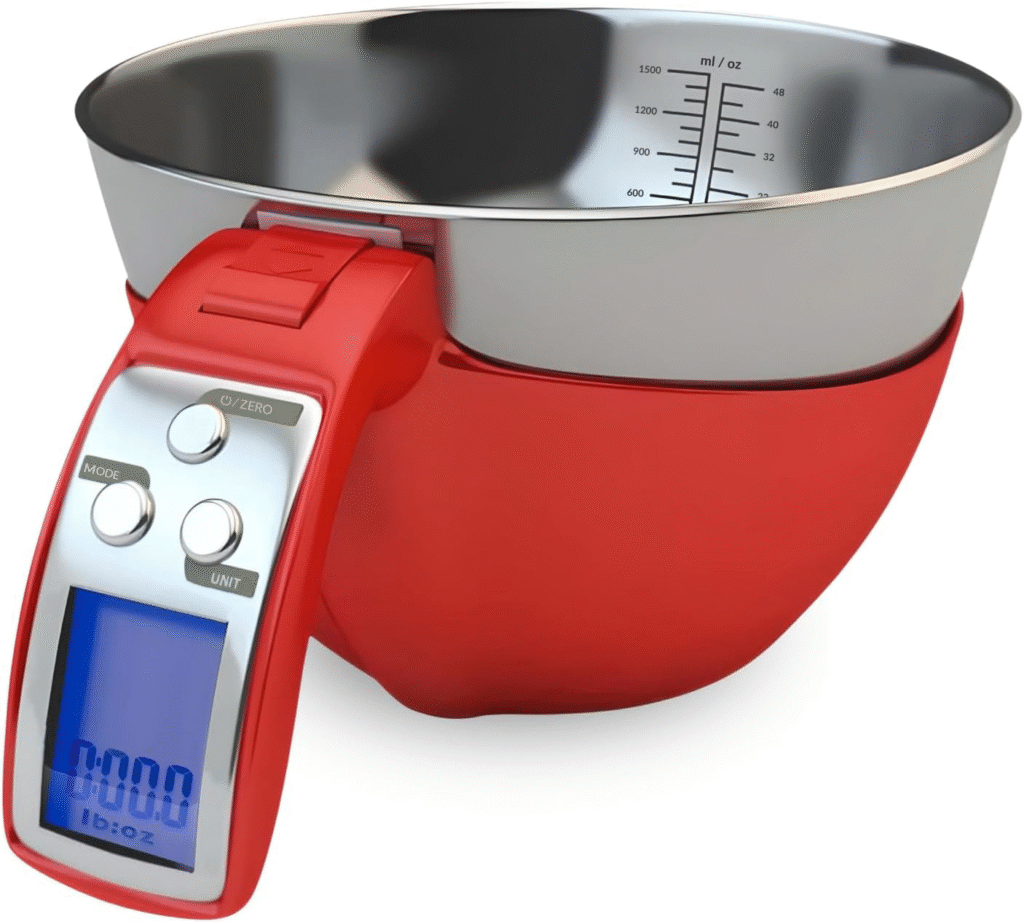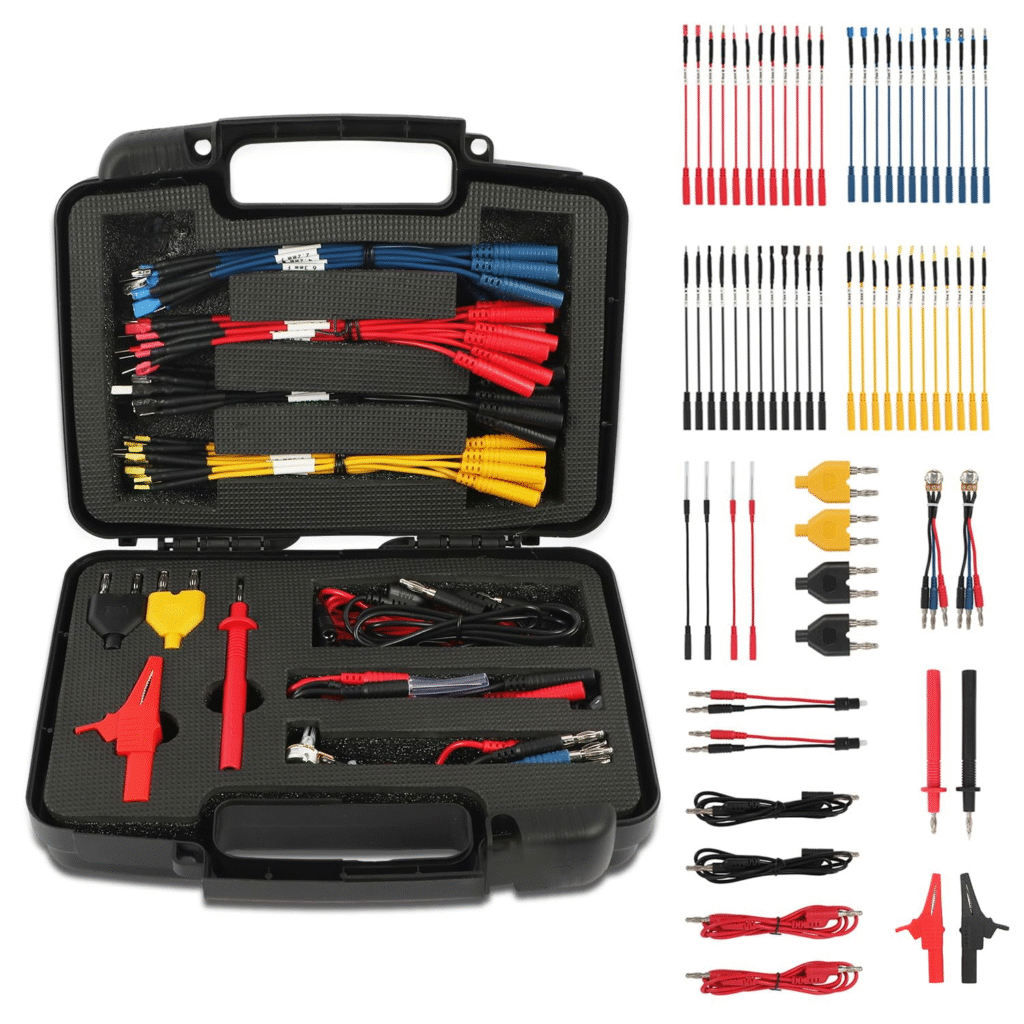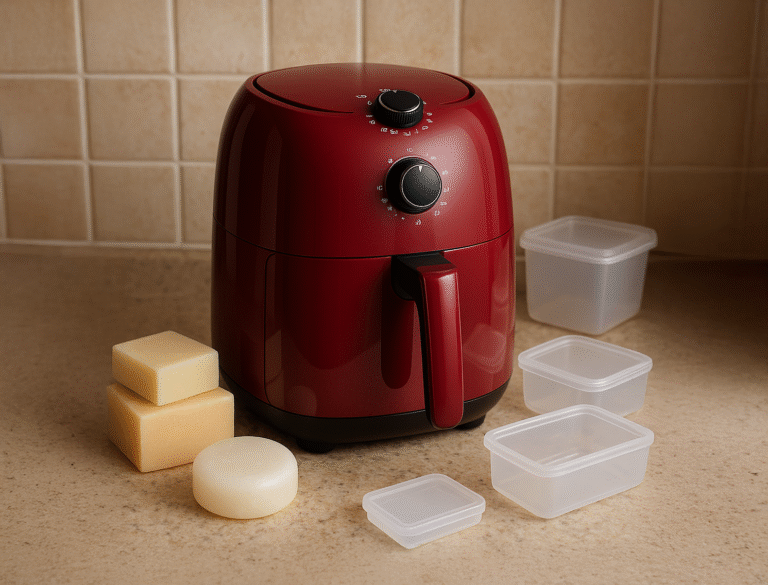There’s something off about going to the store to get your favorite cereal. The box feels lighter in your hands than the $4.99 price tag says. Sneakflation is a phenomenon where businesses steal your money without your knowledge.
Regular inflation clearly increases prices, but sneakflation causes a less noticeable increase. Businesses keep their prices the same but lower the quality, amount, or features of their goods. This means that you get less for your money. When you buy a movie ticket in full, you only get to see the first two acts.
You will learn how to hunt for secret savings in this guide, which will help you avoid spending too much. You’ll know how to find out what something is really worth and how to buy things in a way that keeps your money safe by the end.
What is sneakflation?
Sneakflation is when companies reduce product value—through smaller sizes, cheaper materials, or fewer features—while keeping prices the same, effectively creating a hidden price increase that consumers often don’t immediately notice.

What is Sneakflation and how does it impact your budget?
What makes sneakflation particularly concerning?
Sneakflation is like a thief who is smooth, quiet, and skilled at stealing your money without you knowing it until much later. Regular inflation makes itself known by raising prices, but sneakflation works in the background.
This is why it’s so dangerous:
It takes advantage of how people shop. Most of us shop on autopilot, picking up things we know we need without checking every detail. Companies are aware of the truth and use it to their advantage.
It’s easier to accept in your mind. Even if you’re getting less, it feels beneficial to pay the same amount. It’s easier for our brains to notice changes in price than changes in quality or quantity that aren’t as obvious.
It builds up over time. It may not seem like much at first, but small drops in value over months and years can add up to big losses.
Things to Look Out For When Sneakflation Happens
Businesses have come up with some very clever ways to lower their prices. These are the most common strategies:
- The classic “incredible shrinking package” is when things get smaller.
- Lowering quality: using cheaper materials or ingredients
- Removing features means getting rid of parts or services that used to be standard.
- Less service: shorter warranties, less customer support, or fewer accessories that come with the product
- Reformulation: changing recipes or formulas to use cheaper ingredients

The Value Detective’s Toolkit: Important Skills for Smart Shopping
Skill #1: Get good at figuring out the unit price
Unit pricing is the best way to fight sneakflation. Instead of looking at the total price, look at the cost per unit (ounce, pound, count, etc.). This makes it easy to see when you’re getting less for more.
Pro tip: Use a digital kitchen scale to get exact measurements.
Most grocery stores put unit prices on shelf tags, but the print is usually tiny. Before you look at the total price, train your eye to see these numbers first. Always have a calculator on hand when you shop online. Your phone’s built-in calculator works excellently.
Skill #2: Learn to Read Labels Like a Pro
Understanding how to read product labels can reveal valuable information. Take a look at this:
Lists of ingredients:Are cheap fillers taking the place of high-quality ingredients? Has the order changed, which would mean different amounts?
Weight/volume: Look at the packages you have now and compare them to ones you bought before. Keep a note app for shopping that lists the sizes of packages for things you buy often.
Details about the manufacturing: Has production moved to a different country or facility? The move could mean that the company is trying to save money.

VisionAid 30X Hands-Free Magnifying Glass with Stand
About this item
- 21 Ultra-Bright LED Lights—Lights up your entire viewing area with powerful, evenly distributed LEDs. Perfect for crafting, reading, or detail work—day or night.
- Hands-Free Convenience – The fold-out stand lets you work with both hands free. No need to hold it—just place it and go.
- Crystal Clear 3.0X Magnification —see fine details with zero distortion. Great for close-up tasks like model building, needlework, or reading small print.
- Large Viewing Area—The wide lens covers more space, so you don’t have to constantly move it around.
Skill #2: ability to evaluate quality through touch and observation.
Your ability to perceive is a highly effective tool for detecting quality. This is how you should utilize them:
The materials and the fabric: Is the texture of the clothes more rough or thinner? Is there less substantiality in the seams?
How durable is the packaging?Is the container sturdier or less sturdy? There are fewer levels of protection; is that proper?
Inspecting the appearance: The colors appear to have less vibrancy. Is there less polish on the finishes?
You should keep in mind that your hands can frequently identify changes in quality before your eyes do. It is common for “something feels different” to be absolutely correct.
Strategies for Evaluating Value by Category
Food Products: More Than Just the Price
Food sneakflation is prevalent, but it becomes easy to identify once you know what signs to look for.
Tips for package weight: Companies often reduce the weight of packages while maintaining their size. Don’t just consider the package size; always verify the net weight.
CChanges to the ingredients mean that cheaper ingredients replace more expensive ones. RReal fruit is replaced with “fruit flavoring,” and butter is replaced with “butter flavor.”
Changing the serving size: To make nutritional information appear more favorable, manufacturers may alter the serving sizes, resulting in less food being provided per package.

Fradel Digital Kitchen Food Scale with Bowl
About this item
- Kitchen Must-Have: Fradel’s digital food scale, which includes a removable bowl and measuring cup, is the essential kitchen gadget you didn’t know you needed for cooking, baking, meal prep, and weighing food.
- High-Precision Scale: Accurately measure wet and dry ingredients in 1 g/0.1 oz increments so you don’t miss a gram or ounce in your cooking and baking. IIt easily converts to g, lb.oz., fl.oz., and ml.
- Multifunctional: This digital kitchen scale includes a large, detachable stainless steel bowl for mixing and measuring. IIt also makes cleaning a breeze. IIts sturdy grip handle makes the scale highly portable.
Beauty and personal care products
The beauty industry frequently conceals sneaky price hikes behind “new and improved” formulas.
Changes in concentration: Some products may be watered down, so you’ll need to use more each time.
Changes to the pump mechanism: New dispensers might give out less product with each pump.
Multi-step requirements: Each product is broken up into several steps, which raises the total cost.
Electronics and Technology
Tech sneakflation is especially sneaky because it often looks like new technology.
Accessories that were taken away: It now costs more to get charging cables, headphones, or cases that used to come with the product.
Shortened lifespans: Products made to be obsolete need to be replaced more often.
Subscription dependencies: Features that used to be one-time purchases now need ongoing subscriptions.

68 PCS Automotive Circuit Test Lead Kit
About this item
- 【68 PCS Multi-meter Test Lead Kit】 The 68PCS Automotive Circuit Terminal Test is designed to diagnose, test, and repair complex automotive circuits. It also troubleshoots sensors, actuators, and electronic circuits without damaging electrical wiring.
- 【Widely Application】The 68 PCS Multimeter Test Leads Kit has a wide range of applications and is suitable for most vehicles on the European and American markets. It can be used with any multimeter and oscilloscope probe, extensions for cars, RVs, trucks, boats, etc., as well as in laboratories, homes, and industry.
Developing Your Anti-Sneakflation Buying Plan
Make a database of personal values.
Consider this your memory bank for shopping. Keep a record of the goods you frequently purchase:
- Present-day package dimensions and weights
- Important attributes and details
- Calculations of price per unit
- High-quality photos and observations
Over time, this database becomes extremely useful for identifying changes. An easy-to-use note-taking app or spreadsheet is ideal.
Create Alternative Product Networks
Avoid putting all of your eggs in one basket. Look into and evaluate substitute goods that provide comparable advantages. Your favorite brands’ use of sneakflation tactics gives you options.
Store and generic brands are often produced by the same companies that make name brands, but they do not include the costs associated with advertising.
Global substitutes: Products from other markets often offer better value propositions.
Purchasing directly from the manufacturer can enhance customer service and eliminate retailer markups.
Develop Your Strategic Timing Skills
You can prevent the worst effects of sneak inflation by timing your purchases:
Before things change, stock up: Consider purchasing a fair quantity of current versions whenever you hear rumors of shrinkage or “new and improved” announcements.
Seasonal purchasing: Many businesses make adjustments during particular times of the year. Discover these trends for the products you frequently use.
Tracking apps for prices are tech tools that help fight sneakflation.
Fewer apps and websites keep track of changes in value over time compared to those that keep track of price changes. For example, look for tools that:
There are different box sizes.
Trends in quality scores and reviews when comparing features over time
Tools for checking and measuring goods
To make sure of what the maker says, you can use real tools:
Computer-compatible scales: Compare the goods’ real weights to the weights that were promised.
What you need to measure:Ensure that you are aware of the sizes of items you frequently Testing sets are used to evaluate the quality of items, such as
of items, such as cleaning tools or water filters.
Apps for Keeping Records
Apps that let you take snapshots of things assist you in knowing how things have transformed over time. Capture:
- Labels and guidelines for goods
- Measurements for packages next to things to look at
- Seeing how good the old and new versions are next to each other
Sneakflation warning signs: Marks Not to Use in Marketing Language
Before there is sneakflation, people often say the following:
“New and better formula”
“New look for the packaging”
“Better experience for users”
“Streamlined features” “Optimized for efficiency”
These words mean it’s time to compare full values.
Signs of How a Business Will Act
When businesses use sneaky price increases, they often let people know by:
Businesses often discuss making money by using terms like “cost optimization” or “margin improvement.”
Mentions of “efficient sourcing” or “strategic partnerships” in the supply chain may indicate a decline in standards.
The focus on marketing has changed; now, ads often discuss everything except the product’s main benefits.
How people think about and perceive value
Reasons Why We Believe Sneakflation
If you know how sneakflation works, you can protect yourself from it:
Anchoring prices: We remember prices better than specs, which makes size decreases less obvious.
Brand loyalty: When we feel emotionally connected to a brand, we might not notice when its value goes down.
Due to the work needed to find options, we often stick with goods that are losing value because they are easier to use.
Retraining Your Brain to Shop
Changing the way you think:
Thinking with value in mind: Teach yourself to look at value first, then price.
Shopping habits for comparison: As a normal part of your shopping, compare different options.
Question loyalty: Ask yourself often if the brands you like still make financial sense.
Setting up long-term resistance to sneaker inflation
Set up a network of support
Tell your friends and family about changes you’ve seen in a product. A network of common knowledge makes it easier for everyone to spot sneaky inflation.
Participate in or establish a low-cost shopping community online. People in these groups often share thorough comparisons and notices of changes.
Encourage a range of suppliers
When it comes to important things, don’t depend on just one source. Make deals with many different sellers, both online and off, so you always have options when sneaky prices happen.
Know what’s going on in your industry.
Read trade magazines and join customer groups that keep an eye on sneakflation trends. If you know what’s going on in certain areas, you can plan for changes before they happen to you.
Your Guide to Shopping Without Sneakflation
Although sneakflation may be subtle, it remains unstoppable. With the strategies, tools, and changes in thinking in this guide, you can now find hidden value cuts before they take all your money.
Keep in mind that the more you practice, the better you will get at being a smart value evaluator. First, pay attention to the things you buy most often. Then, pay attention to other types of products as well. Every dollar you save by not getting sneakflation is a dollar that stays in your pocket where it belongs.
The most important thing is to be consistent. Value evaluation should be a habit, not a chore. In the future, you will be glad that you took these steps, as you will still receive full value for your money while others will wonder why their dollars no longer stretch as far as they used to.
Are you ready to do something? Make a list of three things you buy often and start building your own value database today. Write down their current specs, take pictures, and start keeping track of changes. Small steps today can save you a lot of money in the future.
You are the one who needs to protect your wallet.
Also Read >>
Same Price Everywhere? My Investigation Into 10 Popular Products












